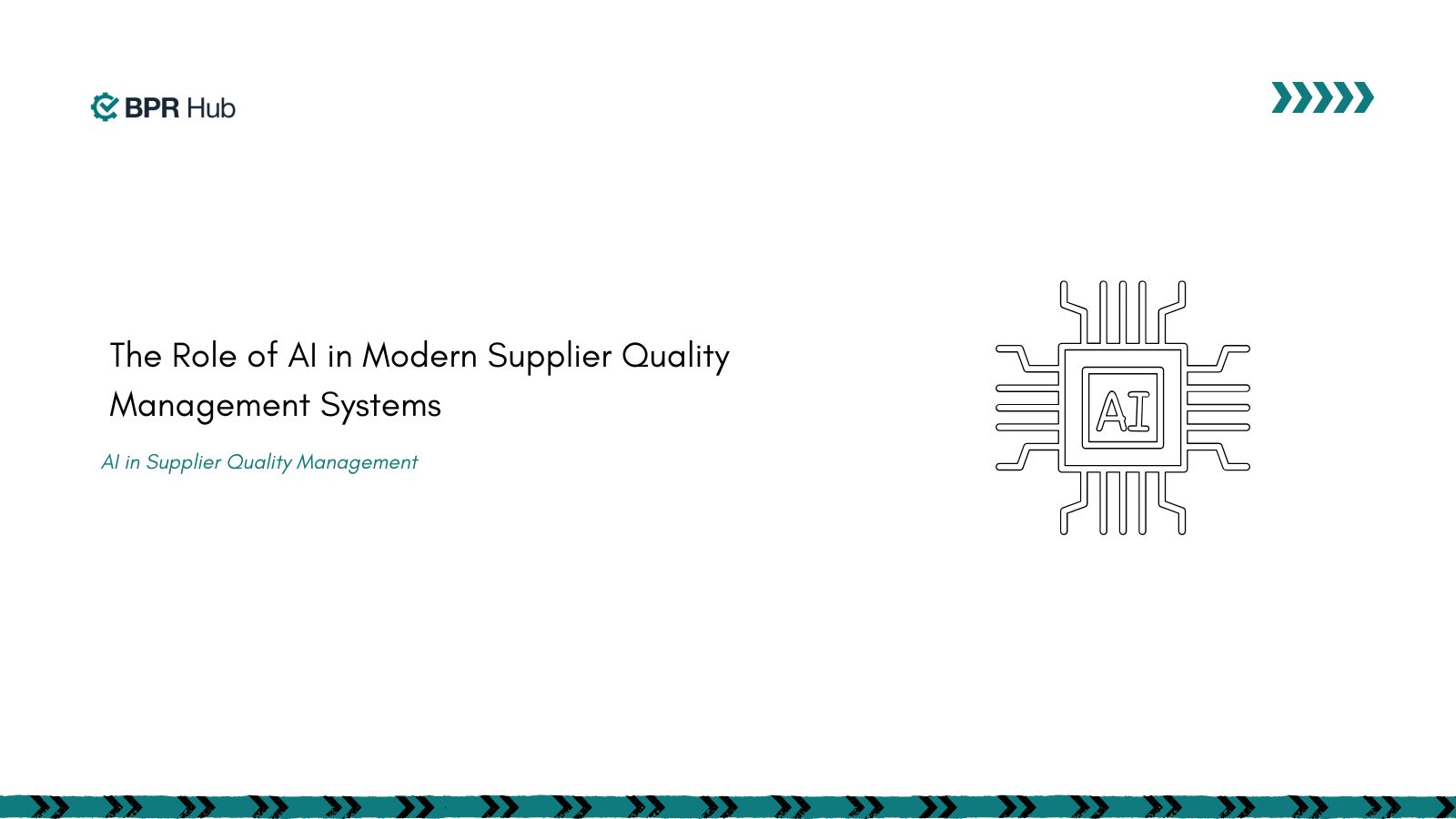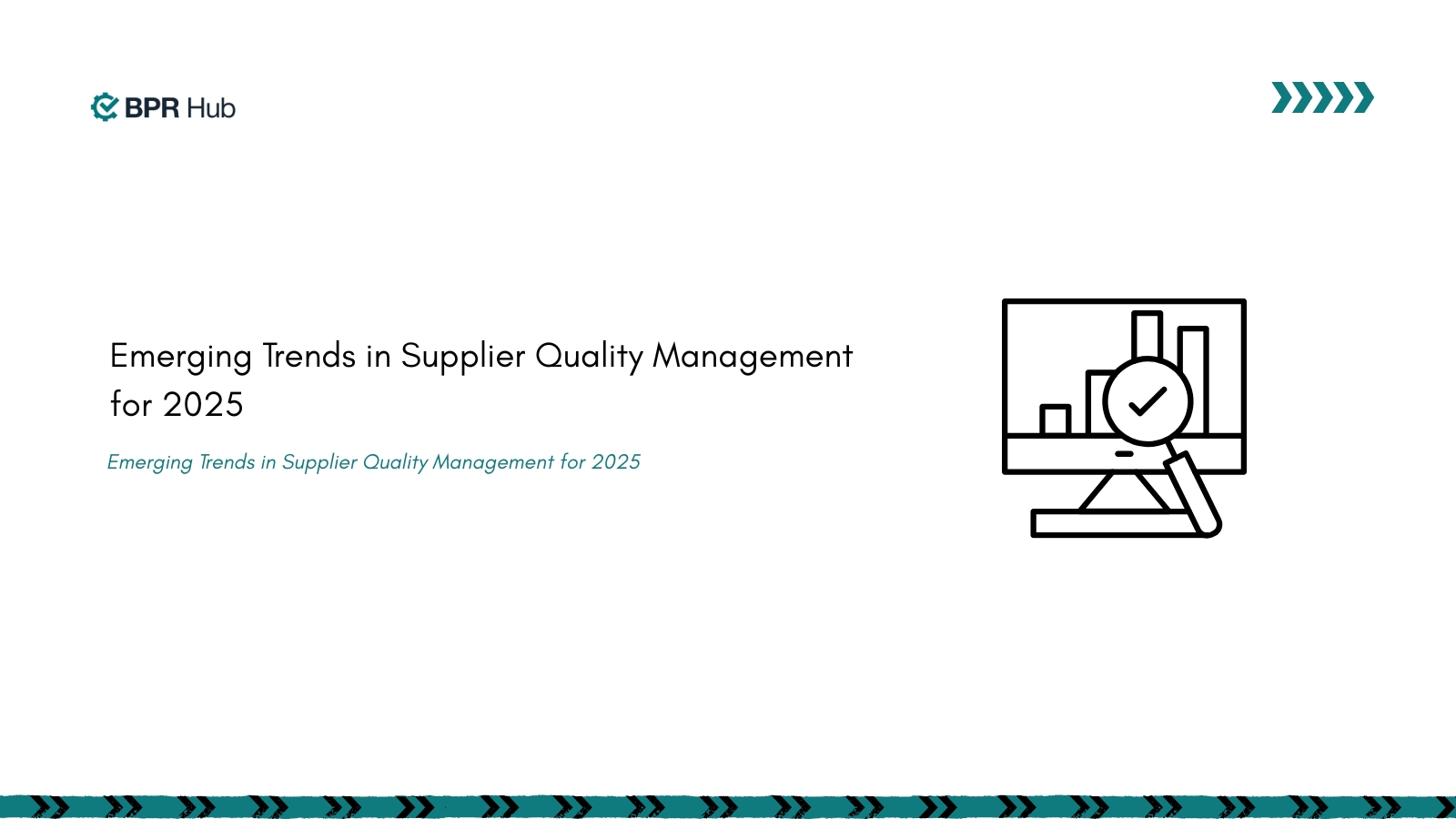According to the ISO survey, in 2023, the number of ISO 13485:2016 certificates soared past 32,963 worldwide—a clear sign that more medical device companies are prioritizing compliance with this critical standard.
For medical device companies with ISO 13485 compliance goals, it is a gateway to global markets, a badge of trust, and a quality framework that supports every stage of production, from design to distribution.
In this guide, we’ll explore the essentials of ISO 13485, how to implement ISO 13485 QMS successfully, and the possible challenges you might face to achieve the certification.
What is ISO 13485?
ISO 13485 is an internationally recognized standard for quality management systems specific to the medical device industry. It establishes guidelines for all stages of a medical device's lifecycle, from design and development to production and distribution, ensuring products meet essential safety and regulatory requirements.
Medical device companies with ISO 13485 compliance can demonstrate a commitment to quality and patient safety, making it easier to navigate complex regulatory environments.
The latest version, ISO 13485:2016, emphasizes risk management and regulatory compliance, ensuring that every step—from design to distribution—meets strict safety and quality standards.
Now, let’s look into why medical device companies with iso 13485 compliance excel in this regulated industry.
Why Do Medical Device Companies Need ISO 13485 Compliance?
ISO 13485 compliance offers medical device companies numerous advantages:
- Ensures alignment with global regulatory standards, supporting international market access
- Enhances product quality and patient safety by maintaining consistent processes
- Reduces risks and improves reliability across design, production, and distribution stages
- Builds customer and stakeholder trust through demonstrated commitment to quality
- Minimizes potential recalls and compliance issues, protecting brand reputation
- Supports streamlined operations, improving efficiency and reducing operational costs
What Are the Key Components of ISO 13485?
ISO 13485 is organized into a series of clauses, each addressing a critical aspect of a quality management system (QMS) tailored for medical device companies. These clauses ensure companies meet high standards for product safety, regulatory compliance, and quality throughout the device lifecycle. Here’s a breakdown of the key clauses:
- Clause 4: Quality Management System (QMS) Structure
This clause requires establishing a comprehensive QMS to manage all stages of a medical device’s lifecycle. It covers creating a quality manual, maintaining documentation control, and implementing processes for compliance and risk management. - Clause 5: Management Responsibility
This clause emphasizes the role of top management in QMS success. Leadership must set a clear quality policy, define roles, establish measurable objectives, allocate resources, and perform regular reviews to reinforce the company’s commitment to quality and compliance. - Clause 6: Resource Management
Clause 6 focuses on efficient resource management, ensuring the organization has the necessary infrastructure, trained personnel, and safe working conditions to support the QMS and consistently deliver high-quality medical devices. - Clause 7: Product Realization
Clause 7 covers the entire lifecycle from design to distribution and mandates that companies establish robust procedures for design controls, risk management, and process validation. Each stage must meet regulatory standards and customer needs. - Clause 8: Measurement, Analysis, and Improvement
Continuous improvement is at the core of Clause 8. Organizations are required to regularly evaluate QMS effectiveness through audits, data analysis, and corrective actions, ensuring ongoing enhancements in product quality and operational efficiency.
The many clauses of ISO 13485 make you look for a scalable, flexible solution for ISO 13485 compliance. BPRHub’s Standards Hub keeps all relevant standards in one up-to-date, easily accessible repository, adapting seamlessly as your manufacturing needs grow. Contact us to simplify compliance management.
How to Implement ISO 13485 QMS?
Implementing ISO 13485 for medical device companies involves establishing a structured, compliant, and effective QMS that meets regulatory and quality standards. This is a step-by-step guide for implementing ISO 13485 QMS.
1. Understand ISO 13485 Requirements
Start by thoroughly familiarizing yourself with the clauses and requirements of ISO 13485:2016. These include documentation, management, resource allocation, product realization, and continuous improvement processes.
2. Conduct a Gap Analysis
- Assess your current quality management system and processes against ISO 13485 standards.
- Identify areas of non-compliance or potential weaknesses, such as lacking documentation, insufficient process control, or inadequate resource allocation.
- Evaluate your quality management system (QMS) against ISO 13485 standards by pinpointing key areas of non-compliance or weaknesses. These include:some text
- Documentation gaps
- Process control weaknesses
- Resource allocation deficiencies
- Risk management failures
- Supplier and Vendor Management Issues
3. Obtain Top Management Commitment
- Engage leadership by emphasizing the importance of ISO 13485 in ensuring compliance, improving quality, and accessing global markets.
- Establish a quality policy aligned with the company’s goals and ensure management sets measurable objectives to guide QMS implementation.
- Assign roles and responsibilities, appointing a management representative responsible for QMS development, implementation, and maintenance.
4. Develop and Document the QMS
- Create a Quality Manual outlining how your QMS addresses each ISO 13485 clause, including a clear structure and standard operating procedures (SOPs).
- Document control procedures by defining how documents will be managed, updated, and reviewed. To maintain version control, use a central repository for document storage.
- Establish required records, such as product specifications, design control documents, risk assessments, and process validation reports.
5. Implement QMS Processes and Procedures
- Introduce necessary SOPs for processes like design controls, risk management, product realization, and corrective actions.
- Conduct risk assessments at each stage of the product lifecycle, implementing measures to address and mitigate risks.
- Implement traceability from product design through production and distribution, ensuring all processes are documented and compliant.
ISO 13485 requires advanced documentation procedures. Get a free consultation with BPRHub to simplify the hectic documentation process with its Document Hub feature.
6. Provide Training and Allocate Resources
- Train employees on the QMS, ISO 13485 requirements, and their specific roles in maintaining compliance.
- Allocate adequate resources, including skilled personnel, equipment, and infrastructure, to support the QMS’s effective operation.
- Establish a safe work environment to prevent contamination and maintain product quality.
7. Monitor, Measure, and Improve
- Conduct internal audits to assess QMS compliance and identify areas for improvement. Use findings to drive corrective and preventive actions.
- Collect feedback from customers, employees, and suppliers to address complaints, enhance quality, and refine processes.
- Use performance indicators to measure the effectiveness of the QMS and guide improvements.
8. Conduct Management Reviews
- Hold periodic management reviews to assess QMS performance, addressing topics like customer feedback, non-conformities, and regulatory updates.
- Discuss opportunities for improvement and update objectives as necessary to align with company goals and regulatory changes.
- Review corrective and preventive actions to ensure the QMS remains compliant and effective.
9. Prepare for Certification
- Conduct a pre-assessment audit to ensure your QMS fully complies with ISO 13485 requirements.
- Select an accredited certification body and schedule an external audit to assess your QMS formally.
- Address any findings from the audit, making adjustments as needed to achieve certification.
10. Maintain Compliance and Continuous Improvement
- Regularly update the QMS to keep up with regulatory changes, product modifications, and company growth.
- Conduct ongoing training for staff to stay informed about any changes to QMS requirements or procedures.
- Implement continuous improvement practices to ensure the QMS evolves with emerging industry standards, maintaining a strong compliance posture.
What Are the Challenges in ISO 13485 Compliance?
Achieving and maintaining ISO 13485 compliance can be complex for medical device companies, particularly in a highly regulated industry. Here are some common challenges:
- Comprehensive Documentation: ISO 13485 requires extensive recordkeeping, which can be time-consuming and prone to errors.
- Resource Allocation: Implementing a compliant QMS demands significant resources and continuous employee training.
- Adapting to Changing Regulations: The medical device industry’s evolving regulations make it challenging to keep QMS processes up-to-date.
- Risk Management: Emphasizing risk-based approaches requires companies to develop and implement new risk management procedures.
- Supplier Control: Ensuring suppliers meet ISO standards and managing outsourced processes is complex, especially with multiple vendors.
- Internal Audits: Regular audits and addressing findings require dedicated time and resources to maintain compliance.
- Multi-Site Consistency: Maintaining the same QMS standards across various locations is challenging without coordinated oversight.
- Implementation Costs: Compliance and certification are costly, particularly for smaller companies.
- Managing Non-Conformities: Identifying, addressing, and documenting non-conformities effectively is resource-intensive.
- Balancing Compliance with Innovation: Strict compliance requirements may slow down innovation efforts in a competitive industry.
Streamline ISO 13485 Compliance With BPRHub
The listed challenges can make achieving ISO 13485 quite overwhelming, especially with the extensive documentation, continuous regulatory updates, and resource demands involved. This is where you use automated compliance management software like BPRHub to overcome ISO 13485 compliance challenges.
BPRHub helps medical device manufacturers by centralizing documentation, automating compliance workflows, and providing real-time updates on evolving regulations. Its risk management tools and supplier monitoring features also ensure that companies can proactively manage compliance across multiple locations and vendors.
With features like internal audit management, non-conformity tracking, and multi-site coordination, BPRHub reduces the costs and complexities associated with ISO 13485 certification, making compliance more efficient and cost-effective for manufacturers.
For medical device companies with ISO 13485 compliance goals, get a free consultation with BPRHub to achieve seamless compliance and focus on quality.
FAQ
1.What is ISO 13485, and why is it important for medical device companies?
Ans: ISO 13485 is a global quality management standard for medical devices, ensuring product safety, regulatory compliance, and consistent quality across the product lifecycle.
2.What is the FDA regulation for ISO 13485?
Ans: The FDA recognizes ISO 13485 as a recognized standard for medical device quality management systems. While not mandatory, compliance with ISO 13485 is often used to demonstrate conformity with FDA regulations, particularly for medical device manufacturers seeking FDA approval or certification.
3.How does BPRHub simplify compliance for medical device manufacturers?
Ans: BPRHub automates key compliance tasks, such as documentation, risk management, and supplier monitoring, allowing manufacturers to streamline complex processes and focus more on core activities and innovation.
4.What is the difference between ISO 13485 and MDR?
Ans: ISO 13485 is a quality management standard for medical device manufacturing, focusing on ensuring product safety and compliance. The MDR (Medical Device Regulation) is a set of EU regulations governing the safety and performance of medical devices, providing legal requirements for market access and post-market surveillance.
5.How do you check if a company is ISO 13485 certified?
Ans: To check if a company is ISO 13485 certified, request a copy of their certification or visit their website for details. You can also verify with the certification body listed on the certificate or check public databases that maintain records of certified organizations.
Get insights that help you minimize risks and maximize profits.
Dive deeper into manufacturing compliance with our free resources.
We get it, compliance can get tough.
Here are some additional resources to help.
We get it, compliance can get tough. Here are some additional resources to help.
Get updates in your inbox

.svg)
%20(1).svg)


.jpg)


%20(1).svg)

.avif)

